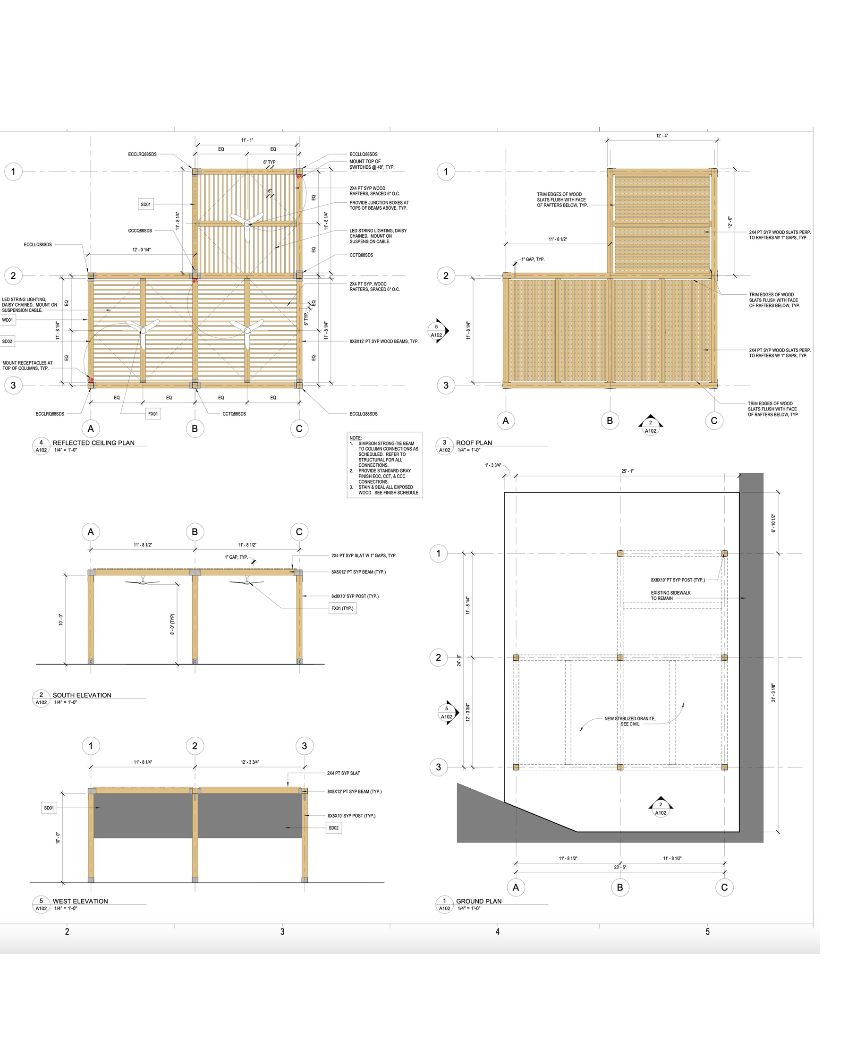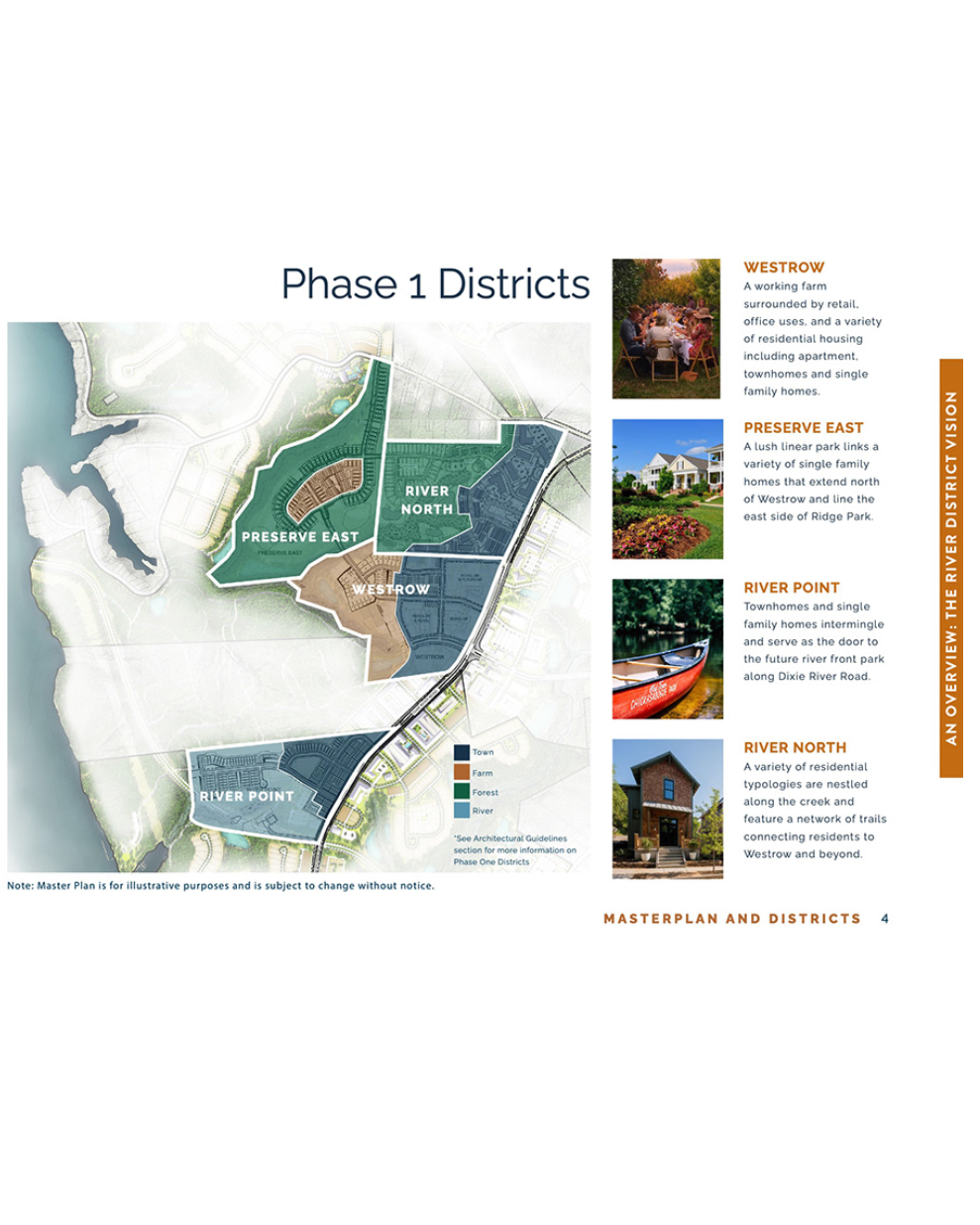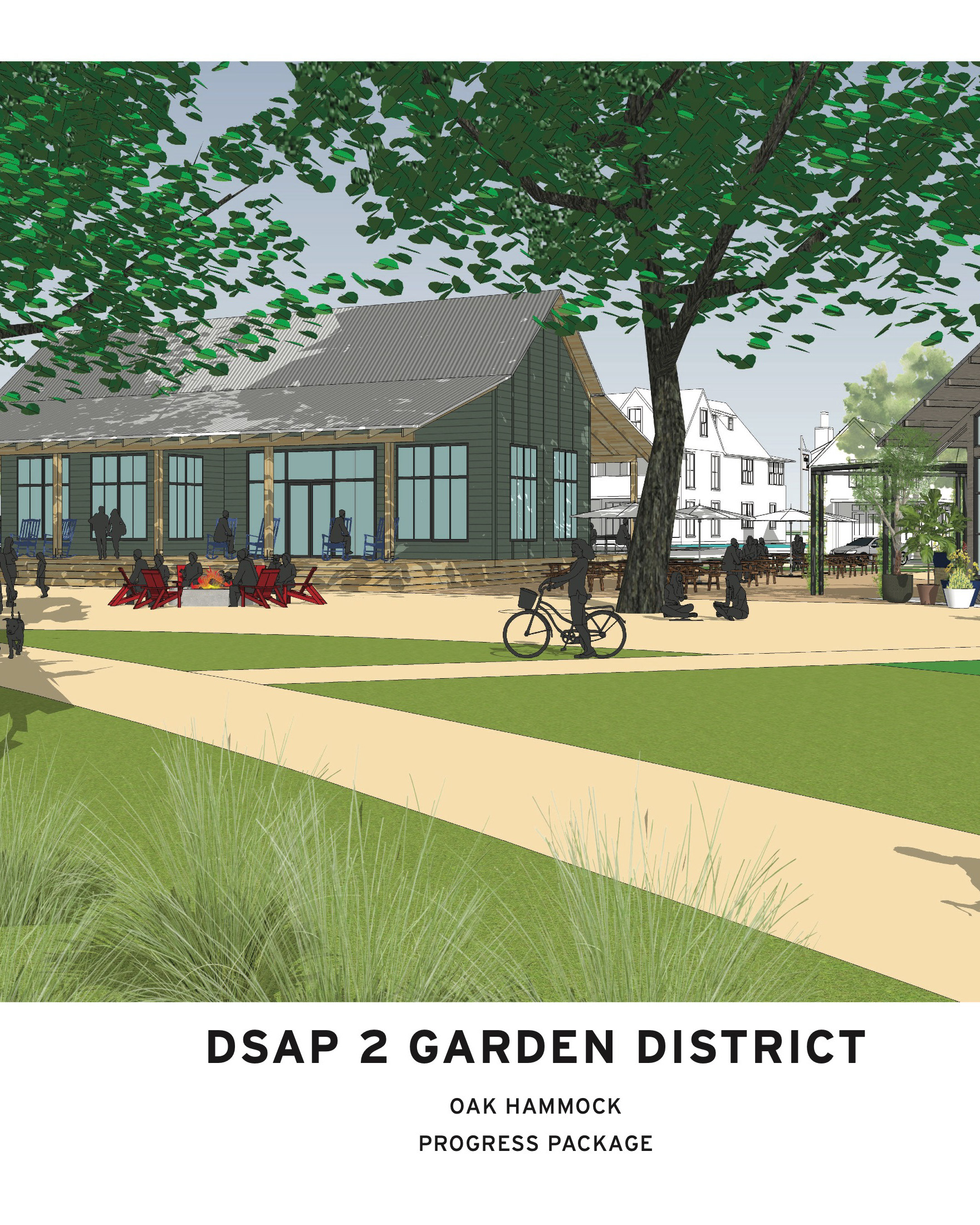Co-habitat: Reforming Public Housing in Amphibious Landscapes
Norfolk, Virginia faces a future of infrastructure challenges with residential housing and flooding frequency due to it's low-lying nature and increased tidal changes. The following study explores relationships and overlap in vulnerable populations with throughout the city. There is evidence of overlap in vulnerable housing populations living in some of the increased areas of flooding and impacted land areas.
The study focuses on the housing community of Saint Paul's. The area is prone to repeat flooding and deteriorating living conditions. Many of the residents here are low-income and have limited options for housing in the city.
With the city looking to expand with infill development in the Saint Paul area, many of the residents are being pushed out with no where to go. While promises to return are confirmed by developers, residents are skeptical of this promise at the completion of the development.
The study looks to determine and propose an alternative housing solution for adaptively reusing the the existing infrastructure amidst future and ongoing flooding mitigation.
View Presentation video below
Initial mapping study of greater Norfolk indicates areas of repeat flooding (teal) overlaid with areas of financial vulnerability (orange)
Areas around Norfolk have taken mitigation efforts to reduce the impact of flooding through various methods. These are all temporary though and are simple 'band-aid' solutions.
Residents of Saint Paul's are being forced to relocate. While some of the residents are happy that the apartments will get much needed improvements for living conditions, others are skeptical of the costs associated with moving as well as uprooting their families and routines for the years it takes to complete the project. As of 2021, move-out notices are already being distributed. Saint Paul's is the largest public housing community in Norfolk proper and there are already long waiting lists for other public housing in the. With many of the residents requiring the use e of housing vouchers to rent, this leaves private landlords the option to decline them as tenants. In an already reducing housing city, there are issues for new residents to find comparable options in their same areas.
Notes: Part one mapping completed with Jessica Hadley-Goggin Smith












